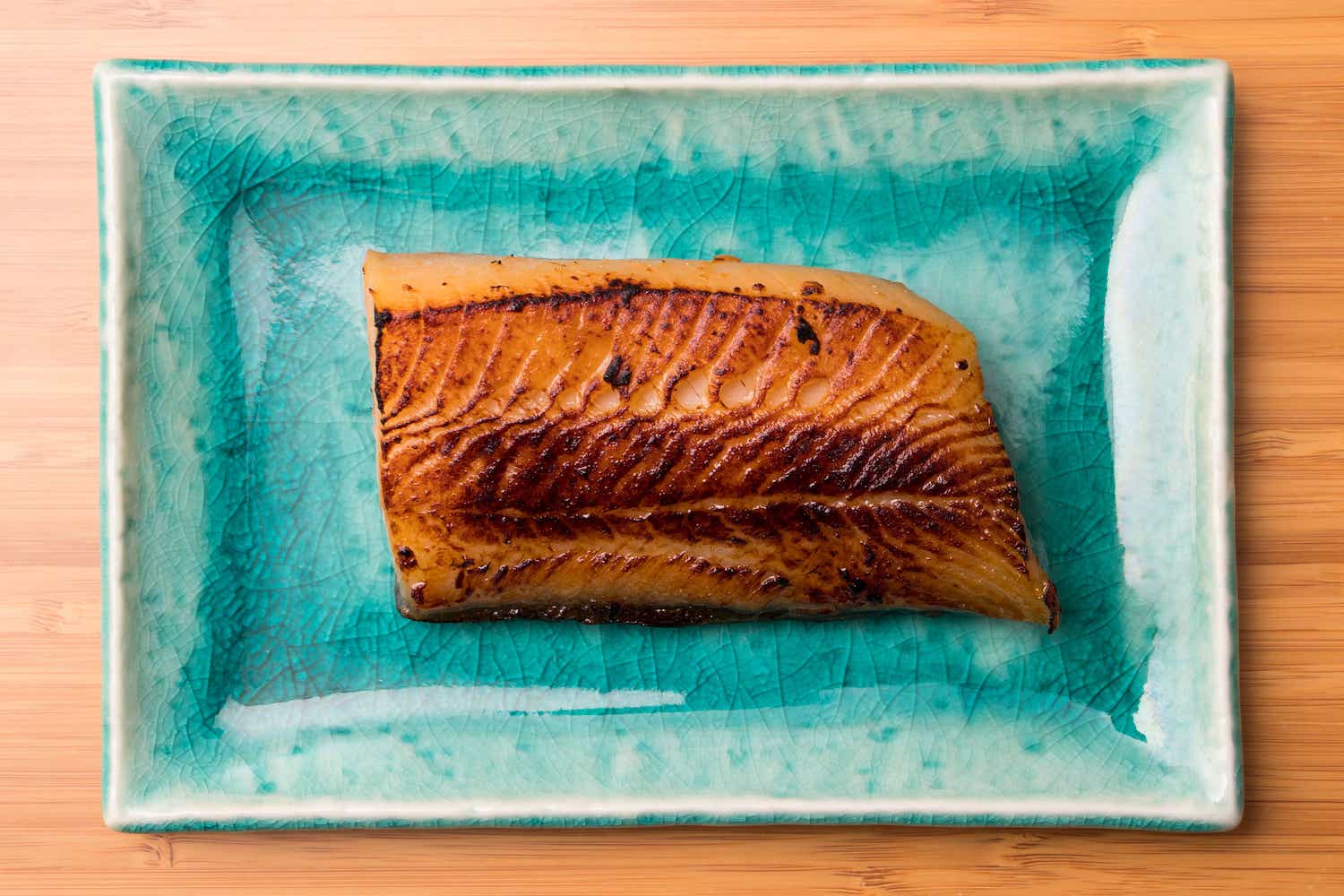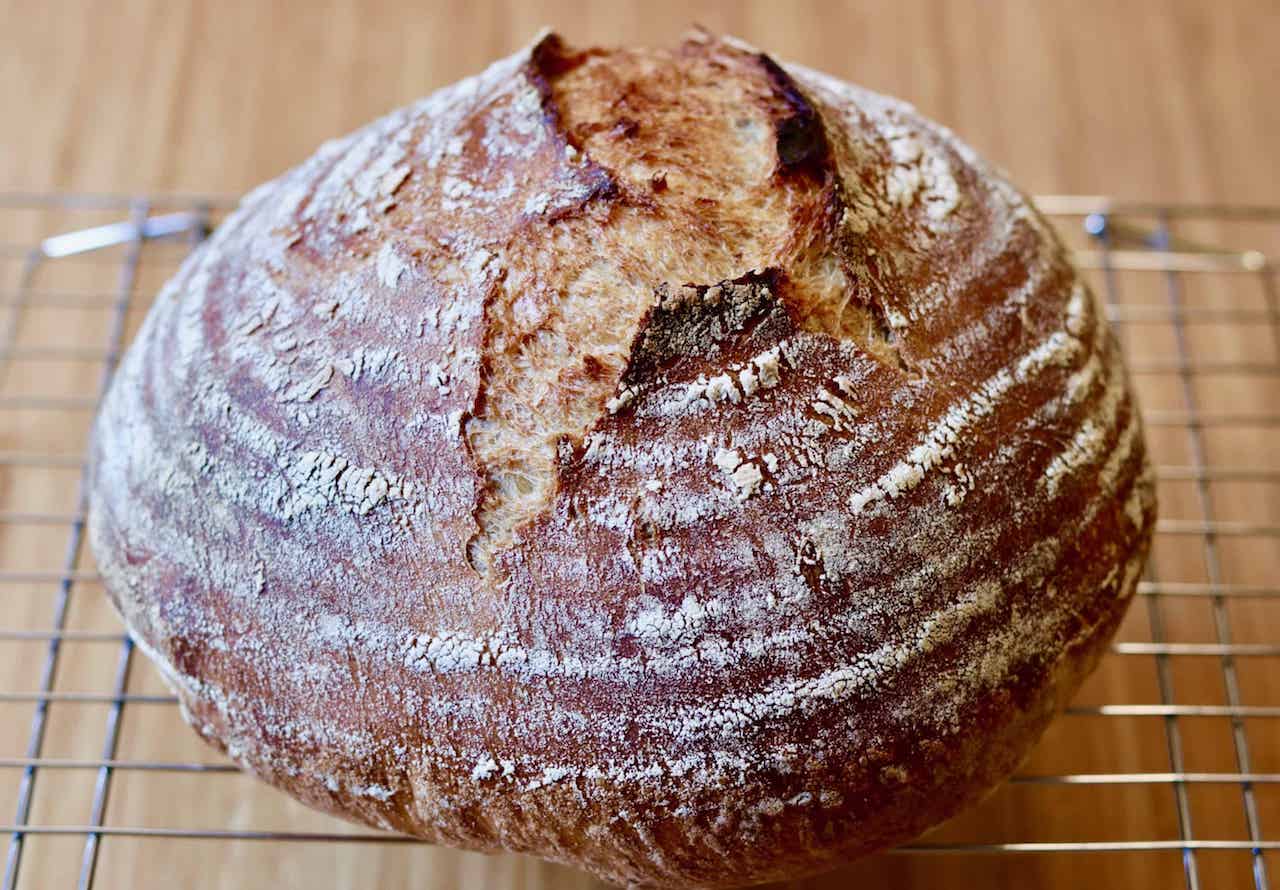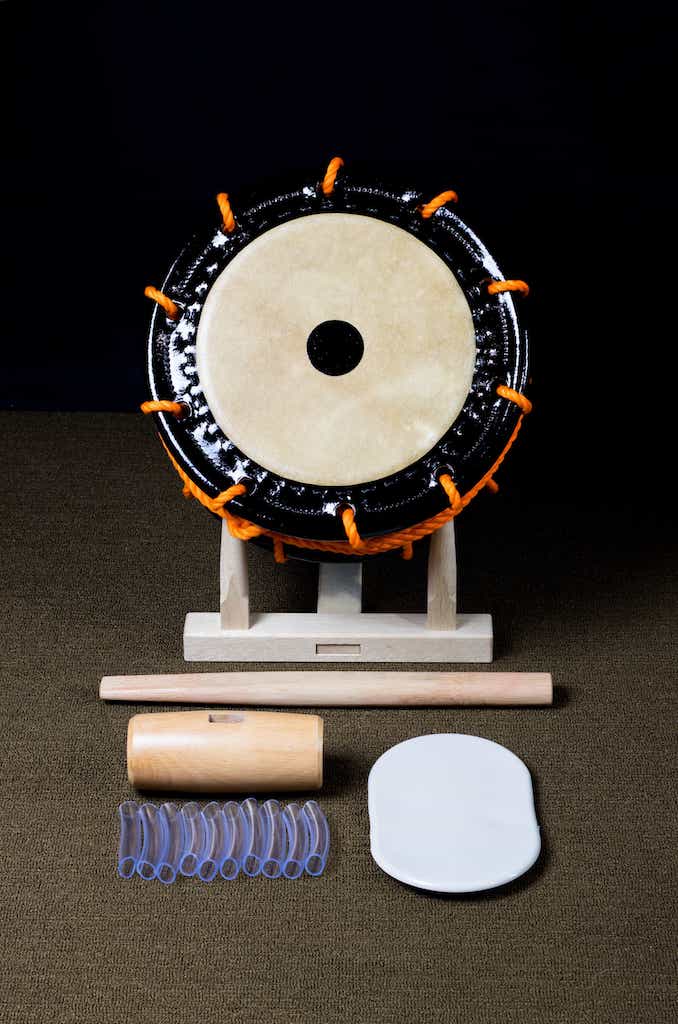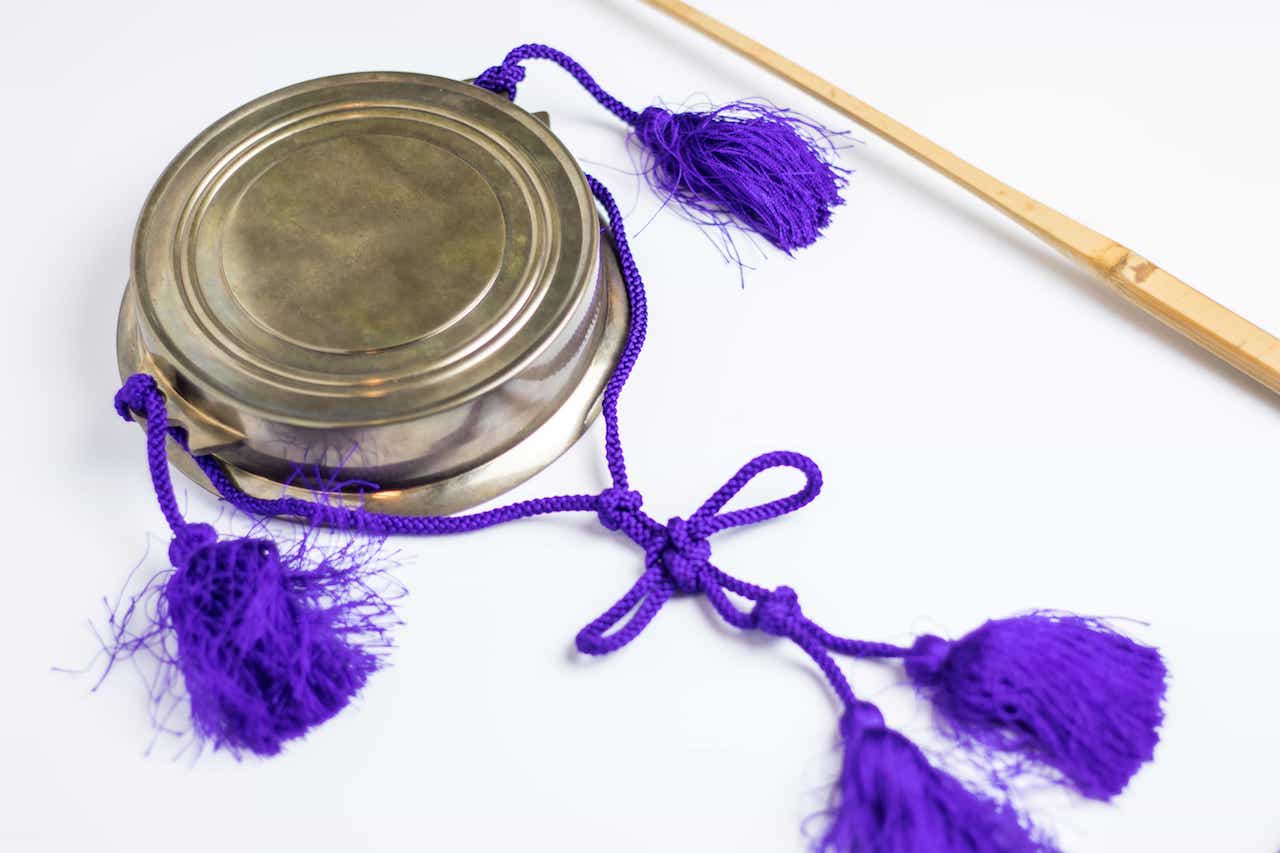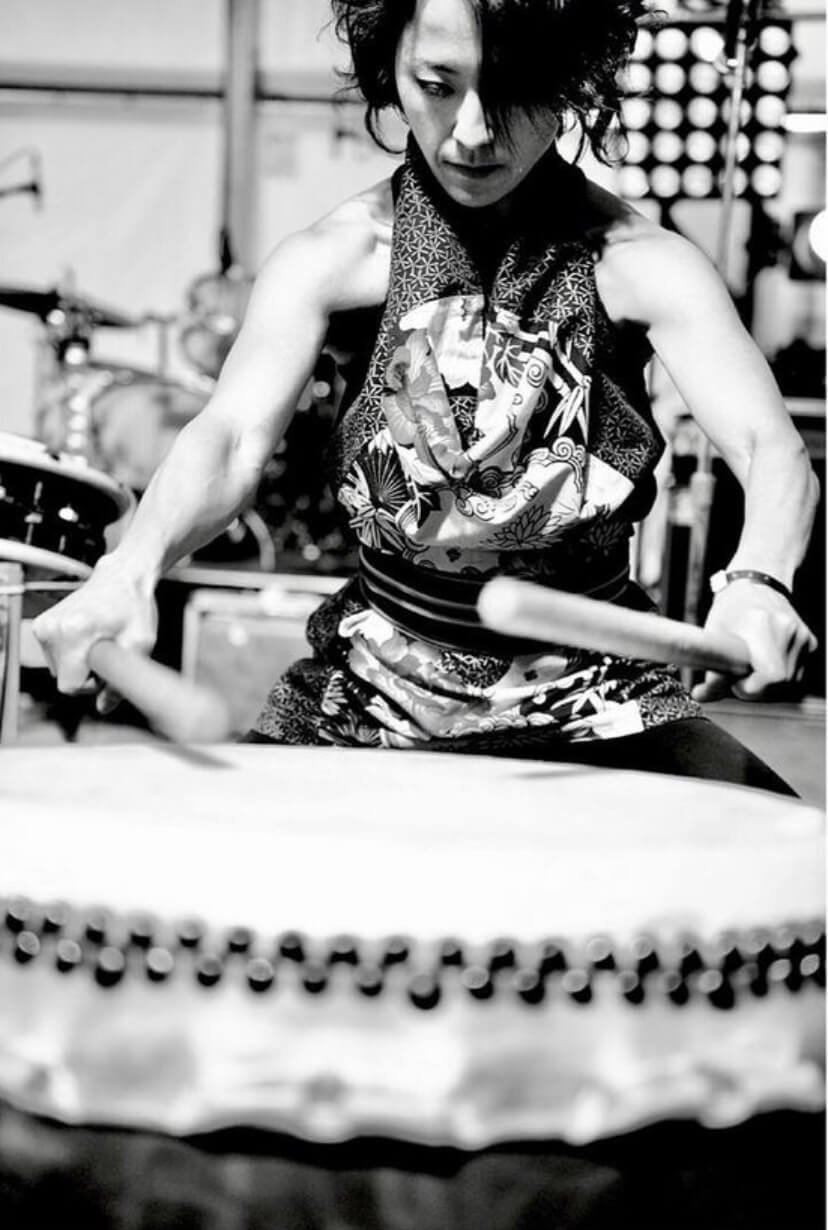How to Make Onigirazu - A Step by Step Pictorial

Willamette Valley rose with onigirazu (nori, brown rice, canned sardines, grilled zucchini and peppers, lettuce, shiso, and shoyu-balsamic vinaigrette). There are no rules.
Onigirazu is a fairly new food preparation which has been getting more popular in Japan over the last few years. Apparently, the idea first appeared in a comic book series 30 years ago, but it seems to be a newer trend among home cooks. I learned about it recently through an online article on the website of the Japanese supermarket Uwajimaya. The Japanese word onigirazu (おにぎらず) means ‘to not grip, or unsqueezed,’ referring to its main difference from the traditional rice ball called onigiri (おにぎり). Onigiri is a popular snack food where a flavorful ingredient (such as umeboshi, salted salmon, spicy cod roe, shiso, pickles, etc.) is placed into the center of the rice ball before squeezing into a triangle with wetted and salted hands. Wrapping nori around the onigiri is optional. Another similar preparation is makizushi (巻き寿司), which is rolled sushi made with seasoned sushi rice. To me, makizushi requires the most technical skill to build, along with the added step of having to make seasoned rice.
I was excited to discover the onigirazu concept because the format encourages improvisation. You can think of it as a sandwich but with the satisfying flavor and texture of rice. Because the nori contains everything like a burrito, the onigirazu can be stuffed with ingredients that might fall out of a sandwich, and the higher filling-to-rice ratio differentiates it from onigiri and makizushi. As I learn to make better onigirazu, it’s clear that there are still techniques waiting to be discovered for improving upon this basic method. In terms of ingredients, anything goes. Here, I had some leftover grilled vegetables and sausage to which I added some fresh cucumber, tomato, and herbs from the garden. It’s good to think about how sandwiches are made - adding condiments to the bread is typical - in order to make sure the rice is seasoned properly. Whereas bread has salt in it, rice does not and therefore needs seasoning. The onigiri has its exterior salted, but it makes more sense to season the inside of the onigirazu. Finally, every online recipe instructs us to wrap it tightly in plastic wrap for a couple of minutes so that the nori can adhere better. This works, but I’m skeptical that it is the single best method. More experimentation is needed to find alternative ways.
Making Onigirazu

The filling is prepped while the rice is cooking. Grilled vegetables (corn, sweet onion, zucchini, yellow pepper) and sausage, cucumber, and cherry tomato. I find it easier to eat if the ingredients are cut into smaller pieces.

One sheet of nori is placed on a piece of plastic wrap. The nori’s shiny side is facing down.

Hot rice is placed in a square shape. It helps to press down so that the shape is maintained for later steps.

It’s important to season the rice with salt (or furikake) and…

…sauce made with homemade mayonnaise, homemade miso, and shichimi. Anything can be used, and a good source of inspiration might be to ask yourself, “what do I like on sandwiches, burgers, hotdogs, tacos, onigiri, makizushi, or anything else resembling such foods?”

Begin stacking with the flatter filling items. I like to think about contrasting sweet, salty, rich, and acid. Grilled corn (sweet) and tomatoes (sweet, acid).

The richer ingredients of sausage and zucchini are added.

Finally, freshness is provided by the shredded shiso and other herbs and greens.,

Carefully mound more hot rice on top.

Bring in the opposing corners of nori and press lightly, holding for a moment for the nori to adhere to the rice.

Repeat with the other two opposing corners of nori. It takes some practice to fold it neatly like a wrapped present.

Tightly envelop with the plastic wrap, and then press down firmly. Let this sit for about one minute. This is the step that could use some rethinking.

Unwrap and use a sharp knife to cut into triangles because science has proven that triangles actually taste better than rectangles. Here, I poured my own Centennial IPA (using homegrown hops from 2017) in my Heater Allen glass. Located in McMinnville, Oregon, Heater Allen makes some of the very best lagers in the country.




